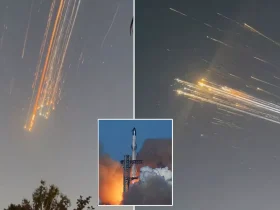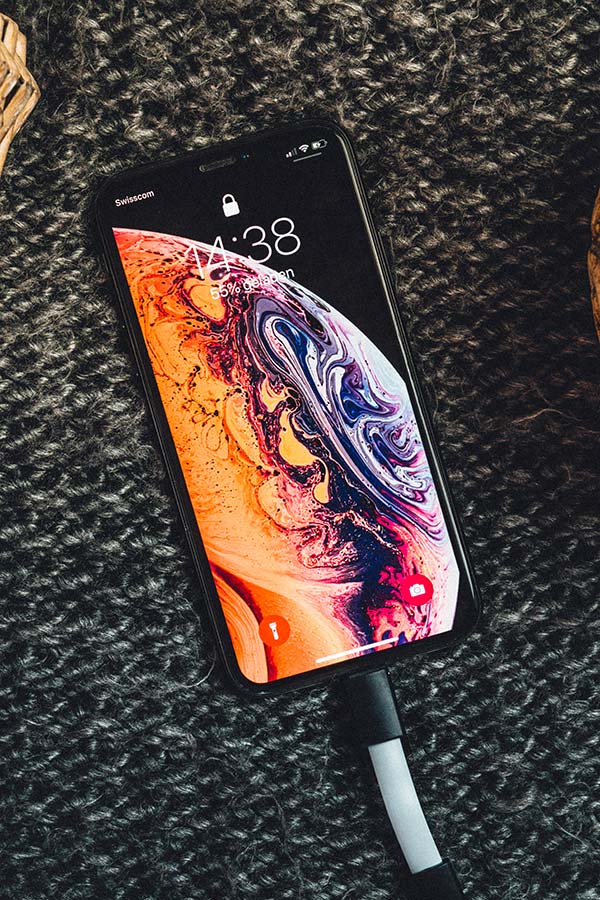It’s not every day that an asteroid causes as much buzz as 2024 YR4. At one point, the asteroid had a 3.1% chance of hitting Earth, creating plenty of headlines about its potential impact. The threat is all but gone, but now we have pictures of the once-worrisome asteroid.
The imagery was captured by NASA’s James Webb Space Telescope and posted by the European Space Agency on Wednesday. The JWST captured the asteroid with two of its cameras, including the Near-Infrared Camera and the Mid-Infrared Instrument. The former measures reflected light, while the latter shows thermal energy.
The pictures demonstrate a couple of fun facts about the asteroid. It is the smallest object ever targeted by JWST’s instruments to date, and it’s one of the smallest objects ever directly measured. Estimates initially put the asteroid at around 40 to 90 meters. The actual size turned out to be 60 meters or around 180 feet.
“These measurements indicate that this asteroid does not share properties observed in larger asteroids,” the ESA said in its blog post. “This is likely a combination of its fast spin and lack of fine-grained sand on its surface. Further research is needed, however, this is considered consistent with a surface dominated by rocks that are roughly fist-sized or larger.”
Per NASA, the asteroid will only be visible from Earth for a little longer. The asteroid’s orbit is currently taking it away from Earth, and the agency estimates that it’ll disappear from even the strongest instruments by late April or early May. It won’t be visible again until 2028 when its orbit brings it back toward Earth.
The moon, on the other hand…
The 2024 YR4 asteroid caused quite a stir when astronomers first reported it via the Minor Planet Center in December 2024. Based on the data collected on its trajectory at that point, the asteroid had a 1.3% chance of hitting Earth.
The percentage fluctuated over the next few months, reaching as high as 3.1%. After further research, the odds dropped dramatically to 0.28%. Per NASA’s Sentry tool — which monitors asteroids that may impact Earth — the threat now sits at 0.00078%.
The moon may not be so lucky. Per NASA, the odds of the asteroid impacting the moon are somewhere around 3.8%, which is even higher odds than the asteroid ever had of impacting Earth. Scientists are gathering data before the asteroid disappears, but it’s likely we won’t know more until the asteroid comes back into view in 2028.












Leave a Reply